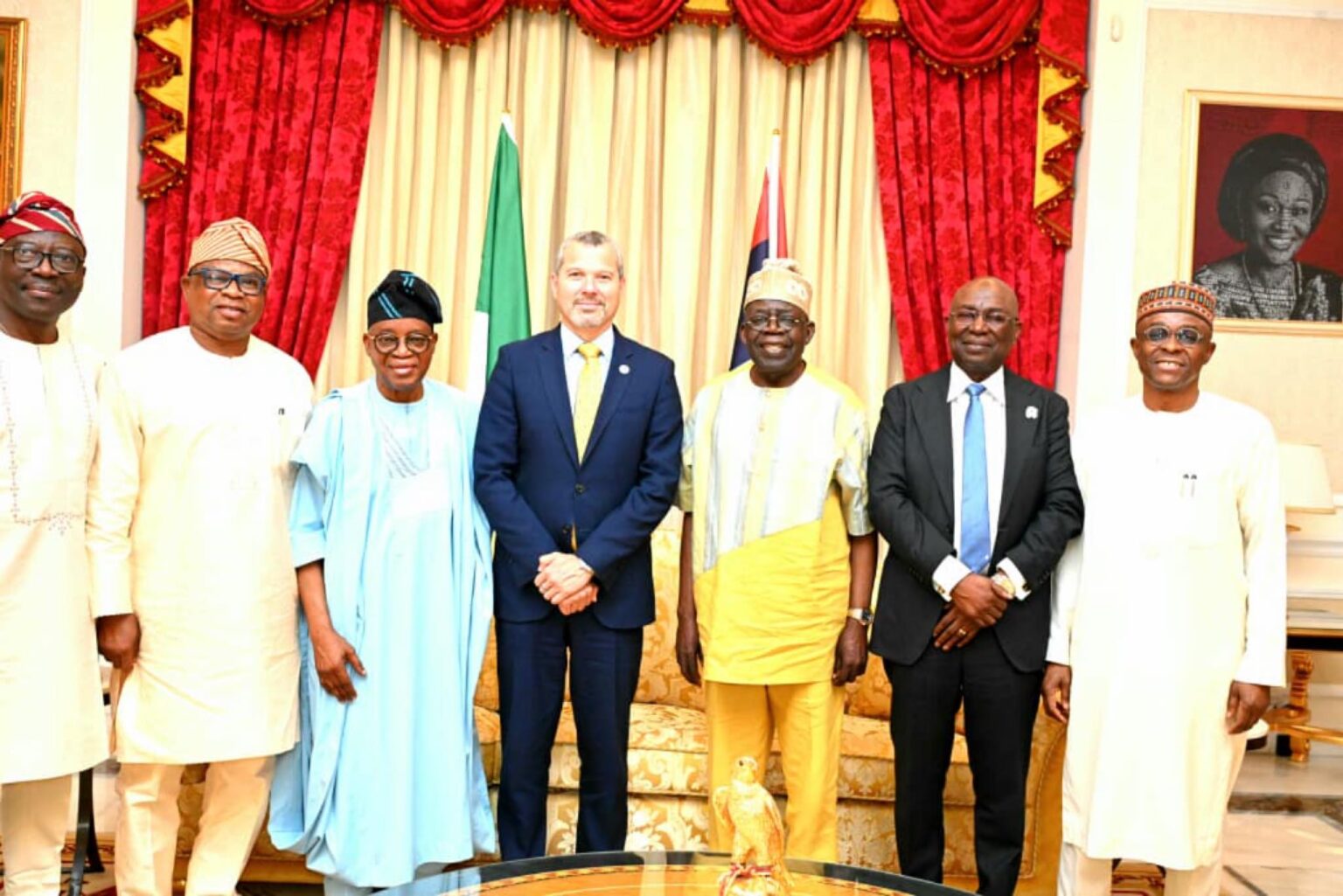President Tinubu, GCFR, received the IMO Secretary-General in audience and reaffirmed his administration’s commitment to maritime development. The engagement, as reflected by the source headline and brief note, indicates direct, high-level attention to a sector central to trade, regulation, and economic connectivity. By restating priorities at the presidential level, the meeting sends a clear signal to national institutions and international counterparts that maritime policy remains a strategic focus for the executive.
The reaffirmation matters for two reasons. First, it communicates policy continuity to industry operators and regulators who rely on stable, predictable guidance. Second, it frames future coordination with the IMO within a cooperative track, where technical advice and peer benchmarking can help align domestic rulemaking with evolving global practice. Even without additional disclosed details, the audience underscores intent and sets a tone for pragmatic engagement on standards, compliance, and sector modernization through constructive governance.
Context and implications for the maritime sector
The IMO provides a global framework that shapes how vessels operate and how maritime administrations oversee them. Engagement at the top level can help ensure that national legal instruments, inspection systems, and enforcement practices are coherent with international expectations. This, in turn, can support safer operations, reduce friction in cross-border trade, and clarify responsibilities across agencies and industry. A presidential reaffirmation is therefore both symbolic and operational: it acknowledges the framework and invites continued dialogue on practical steps to implement it effectively.
Such cooperation often centers on regulatory clarity, institutional capacity, and measurable outcomes. Aligning domestic rules with internationally accepted baselines can streamline processes, while targeted training and technical exchanges help translate rules into day-to-day practice. In this context, emphasis typically falls on safety, environment protection, efficient ports, and workforce training. While the source does not specify an agenda, these themes commonly define the roadmap for incremental improvements that reinforce compliance and raise service quality across the maritime value chain.
Effective implementation also depends on coordination among maritime, transport, security, customs, and judicial authorities. Clear mandates, consistent enforcement, and transparent data flows can reduce duplication and delays, improving user experience for ship operators and cargo interests. Where responsibilities are well delineated and performance expectations are monitored, reforms tend to gain traction. Conversely, fragmented oversight risks eroding the credibility of rules, weakening outcomes that a high-level commitment seeks to reinforce.
Beyond regulatory alignment, predictable execution can bolster confidence among insurers, financiers, and logistics providers who assess risk through the lens of compliance records and institutional reliability. Credible signaling from the top of government can help set priorities for investment in systems, infrastructure, and skills—particularly where improvements to inspection, incident reporting, and digital processes can reduce costs and enhance throughput. These operational dividends rely on sustained follow-through rather than one-off announcements.
Transparency about milestones and timelines often determines whether commitments translate into measurable gains. Periodic public updates, stakeholder consultations, and accessible performance indicators can help track progress and maintain momentum. Where feedback loops are embedded in reform programs, technical cooperation with international bodies becomes more effective, as lessons learned can be rapidly integrated into procedures and training curricula.
Notably, the source material offers only a concise statement: that the president received the IMO’s top official in audience and reaffirmed commitment to maritime development. It does not disclose timing, venue, agenda, or specific undertakings. This report therefore focuses on the significance of that acknowledgment and its potential implications, rather than attributing outcomes that have not been confirmed by the source.
Ultimately, the audience and reaffirmation highlight continuity of purpose: to keep maritime policy aligned with internationally recognized practices while pursuing operational gains at home. If followed by concrete steps—such as clarified regulations, capacity-building, and consistent enforcement—the signal could translate into safer waters, smoother trade flows, and a stronger reputation within the international maritime system. For now, the headline commitment is clear; stakeholders will watch for the practical measures that give it effect.





